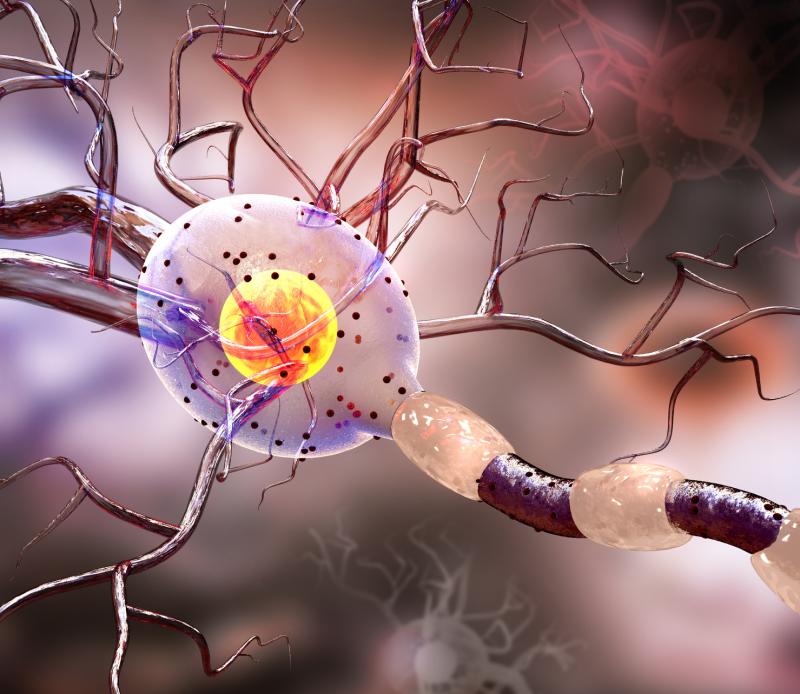
Cenobamate helps reduce focal seizure in a dose-dependent manner in Asian patients, while being generally well tolerated, according to a study.
The study included 519 adult patients who had ≥8 seizures (focal aware motor, focal impaired awareness, or focal to bilateral tonic–clonic) during an 8-week baseline, despite treatment with 1–3 antiseizure medications (ASMs). These patients were randomly assigned to receive cenobamate at 100, 200, or 400 mg/day or placebo. Treatment comprised an 18-week titration phase and a 6-week maintenance phase.
The primary efficacy analysis was a hierarchical step-down comparison of the percent change from baseline in 28-day seizure frequency with cenobamate vs placebo during the maintenance phase.
Of the patients, 446 received ≥1 dose of study drug and had ≥1 efficacy measure during the maintenance phase (placebo, n=117; 100 mg/day, n=113; 200 mg/day, n=113; 400 mg/day, n=103).
Median percent change in seizure frequency during the maintenance phase was significantly greater with all doses of cenobamate vs placebo (−42.6 percent with 100 mg, −78.3 percent with 200 mg, −100 percent with 400 mg vs −25.9 percent with placebo; p<0.001 for all).
During the 12-week period covering the last 6 weeks of the titration phase and the 6-week maintenance phase, the median percent change in seizure frequency was −42.6 percent with cenobamate 100 mg, −77.1 percent with 200 mg, and −89.2 percent with 400 mg vs −20.1 percent with placebo.
The proportion of patients who achieved seizure freedom during the maintenance phase was 12.4 percent with cenobamate 100 mg, 30.1 percent with 200 mg, and 52.4 percent with 400 mg vs 2.6 percent with placebo. The corresponding proportions during the 12-week period were 8.5 percent, 19.7 percent, and 30.6 percent with the respective cenobamate doses vs 0.8 percent with placebo.
In terms of safety, the most common treatment-emergent adverse events in cenobamate-treated patients (≥20 percent) were dose-related dizziness and somnolence.